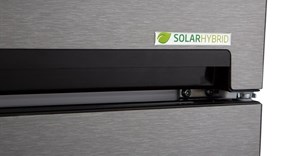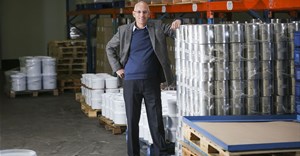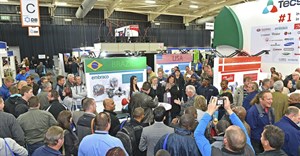
Pick n Pay gets greener refrigeration technology
Pick n Pay has embarked on a project to replace outdated harmful ozone-depleting HCFC-based refrigeration with energy-efficient German refrigeration technology.
The group has signed an agreement with the German federal government's Deutsche Gesellschaft für Technische Zusammennarbeit (GTZ), as well as the South African Department of Environmental Affairs, to launch the South African national refrigerant project to demonstrate the technical feasibility and superiority of the new refrigeration system, as well as develop an attractive model for investment.
In this African first, the new refrigeration technology will be a feature at the new Pick n Pay store in Strand, Western Cape, which reopened yesterday, Tuesday, 8 December 2009.
“Insights gained from the evaluation of the project will hopefully be applied to the transfer of this technology to other African and developing countries,” said Bronwen Rohland, director of sustainability. “Sustainability commitments are an investment in the future of our business, customers and ultimately the future of the world. We hope our efforts will be an inspiration to many other companies who have much to contribute to the critical task of switching to more energy-efficient technology and reducing carbon emissions.”
Cascade system
The new technology works on a cascade system, with ammonia being the primary system located in a machine room outside the sales area, along with a glycol-water system for distribution inside the store for the chilled perishable product. The CO2-cascade, as the secondary system, provides the cooling for the frozen applications. The reduction in global warming potential (GWP) and ozone depleting potential (ODP) of the natural refrigerants conversion will result in the elimination of an estimated annual direct emission of 2000 tons of CO2, with significant energy savings being realised through the more energy-efficient natural refrigerant-based plant.
“The challenge in coming years will be to firmly establish natural refrigerant technology to substitute HCFCs in air-conditioning and commercial applications,” said Rohland. “This project will demonstrate the technical feasibility and superiority of the new refrigeration system and it is hoped that this will develop an attractive model for investment in sustainable technology.”

















